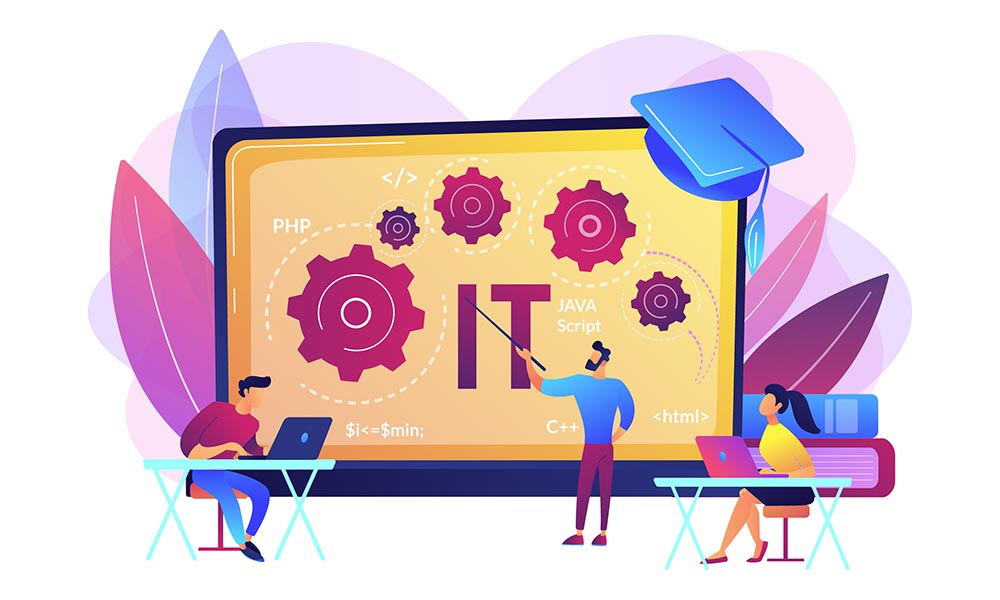
Small business tech: what are the costs?
When buying new technology, the headline price alone can be quite misleading. There may be budget options that really can save you money, but if you find yourself having to pay extra for “add-ons” that are actually essential, then you might wind up spending more than if you’d just paid a higher up-front cost in the first place.
Here are four factors you should consider when calculating the actual cost of any technology you are planning to purchase for your business.
Installation
Who is going to install the product, what is the process for installing the product and when can the product be installed? If you’re relying on the vendor to install the product for you, then make sure you check the small print to be clear about what they require from you (because they may need assistance from your staff) and whether the installation will cause any disruption to your business. If it will cause disruption, then you may have to look at an out-of-hours install, for which your vendor may charge extra.
Customisation
New tech can be like new clothes, they may be just fine out of the box, but they can often be made a whole lot better with a bit of customisation. By paying a little extra, you can get the software or hardware you require customised to meet your specific needs, rather than compromising on equipment that calls for extra labour or takes longer to do what you need. Customisation, while pricier to start out, can save you money and work in the long run.
Documentation/Training
Technology should be intuitive to use and appropriate documentation should be able to answer any questions a user may have. In practice, users will probably adapt fairly quickly to new technology if it resembles the technology with which they are already familiar, but even then they may find themselves tripped up at times.
As a minimum, therefore, you’re going to need to think about providing comprehensive user guides. However, the more innovative or different the tech is, the more likely it is that you’re going to need some level of real-life, hands-on training. And, in addition to looking at the cost of the training itself, you’re also going to have to factor in the cost of sending staff away from their everyday activities in order to complete it.
It will cost more to get a trainer to come to your workplace and train your employees on specifics than it would be to send them off to generalised training sessions elsewhere, but, like with customised software or hardware, it will be more efficient and could save you money in the long term.
Support and maintenance
If there is an actual fault with your technology, then you can expect your vendor to fix it. If, however, you need help using it, then you can expect there to be a charge for this somewhere along the line. Paying a dedicated service to offer IT support to your staff can provide you with the help you need, when you need it, and it can assist in preventing new problems from occurring by, for instance, making sure your software packages are up to date with the latest patches and releases installed on time.



